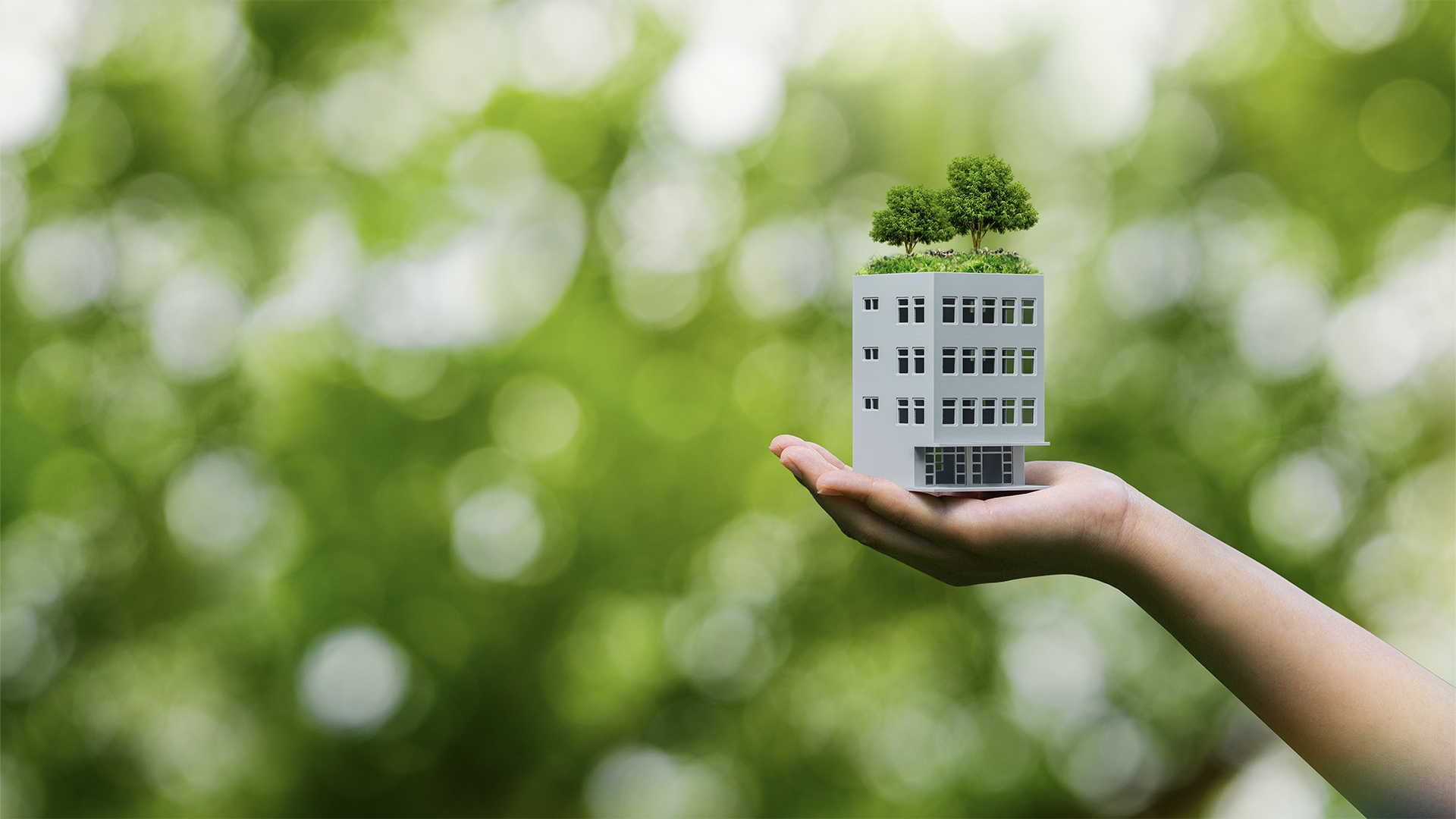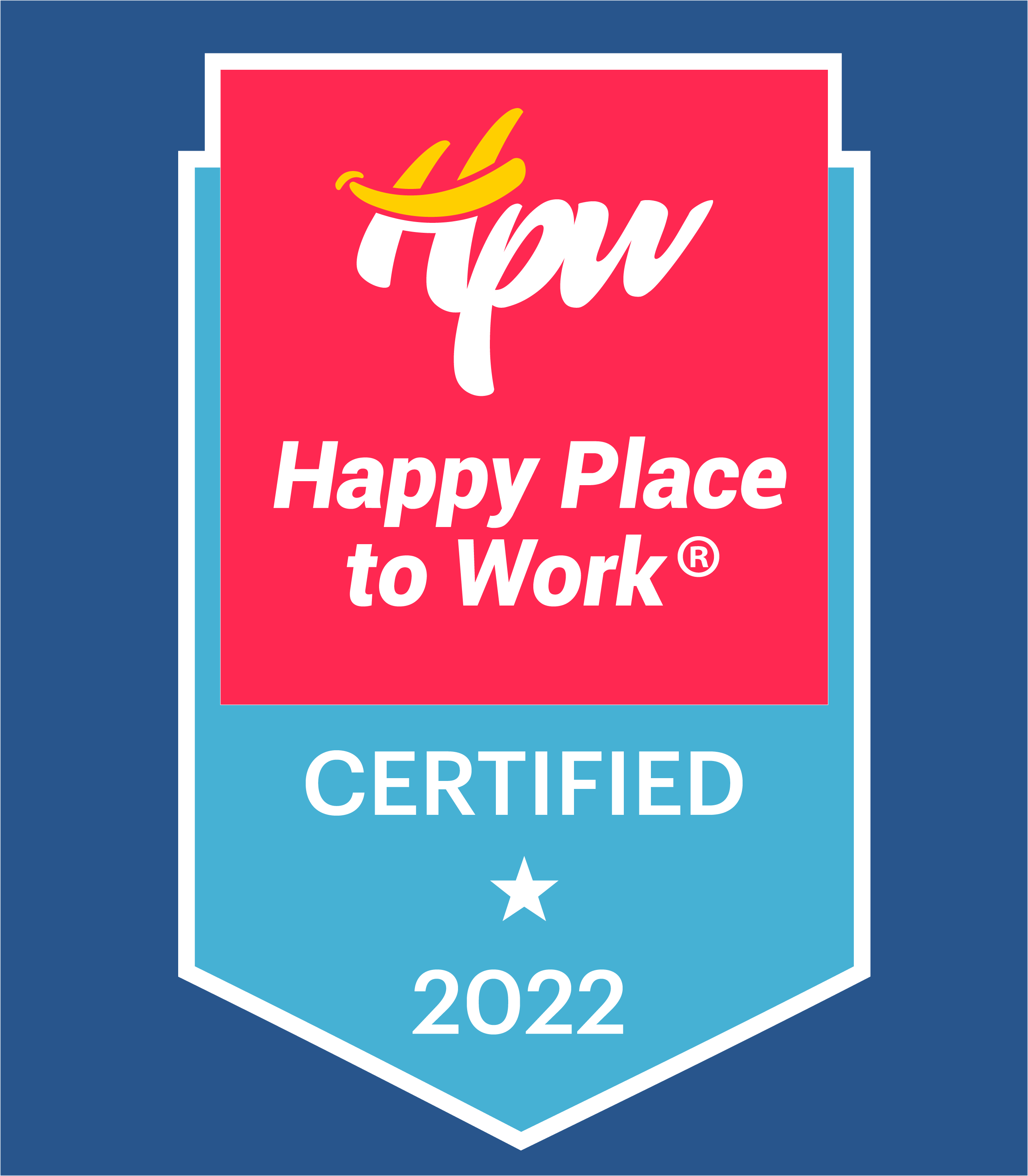What is LEED Green Building Certification, and Where is the Future of Sustainable Construction Headed?
20 Şubat 2025Climate change and the rapid depletion of natural resources are pushing the construction sector toward more eco-friendly solutions. At this point, LEED Green Building Certification stands out. LEED (Leadership in Energy and Environmental Design) is an international certification system that evaluates the design, construction, and operational processes of environmentally friendly buildings.
Developed by the U.S. Green Building Council (USGBC), this system assesses structures based on criteria such as energy efficiency, water conservation, material selection, indoor air quality, and environmental impact. LEED certification contributes to the construction sector's compliance with sustainability principles, and such buildings reduce their carbon footprint, causing less harm to the environment.
How to Obtain LEED Certification?
For a building to be LEED-certified, it must meet specific criteria. These criteria are evaluated under five main categories:
- Sustainable Site Development
- The building site must not harm the ecosystem.
- Soil and water resources should be protected.
- Locations that provide transportation advantages within the city should be preferred.
- Water Efficiency
- Greywater recycling systems should be used.
- Low-water consumption plumbing and irrigation systems should be chosen.
- Energy and Atmosphere
- Renewable energy sources should be utilized.
- Smart systems should be implemented to minimize buildings' energy needs.
- Materials and Resources
- Recyclable and sustainable materials should be prioritized.
- Building materials should be selected to reduce carbon emissions.
- Indoor Environmental Quality
- Natural lighting should be maximized.
- Ventilation systems should be designed to improve indoor air quality.
Buildings that meet these criteria can receive Certified, Silver, Gold, or Platinum level LEED certification.
Where is the Future of Sustainable Construction Headed?
Green buildings play a significant role in the future of the construction industry. Climate change, energy crises, and carbon emissions are pushing the sector toward more eco-friendly and efficient solutions. In the coming years, the following innovations are expected to become widespread in sustainable construction:
- Smart Buildings and IoT Usage: Energy efficiency will be improved through sensors and data analytics.
- Low-Carbon Construction Materials: Recycled concrete, wooden building systems, and biologically based materials will become more common.
- Integration of Renewable Energy: Solar panels, wind turbines, and geothermal systems will meet buildings' energy needs.
- Circular Economy and Waste Management: Zero waste principles will be applied, and construction waste will be recycled.
- Stricter Green Building Regulations: Governments and international organizations will set stricter standards for green building certifications.
What Are the Benefits of LEED Certification?
Buildings with LEED certification offer both environmental and economic advantages:
- Energy and water savings reduce operating costs in the long term.
- Reduces carbon emissions, causing less environmental damage.
- Provides healthy indoor environments that boost employee productivity.
- Increases real estate value, making properties more attractive to investors.
LEED Green Building Certification is recognized as one of the most important indicators of sustainability in the construction industry. Elements such as renewable energy, low carbon emissions, and eco-friendly materials are becoming indispensable in modern buildings. In the coming years, the concept of sustainable construction will become even more prevalent, leading to structures that are more environmentally friendly and healthier for people.
At Biotrend Energy, we continue to support eco-friendly technologies through our work in renewable energy and sustainable development.





